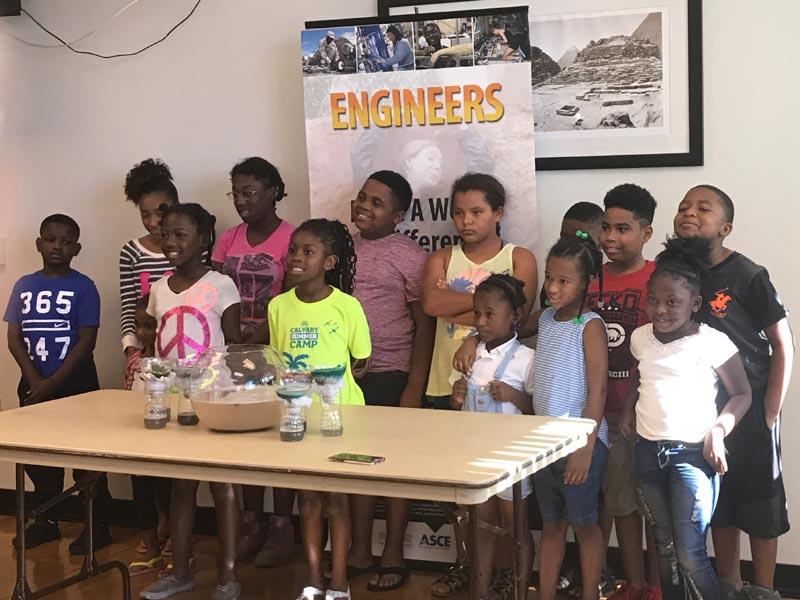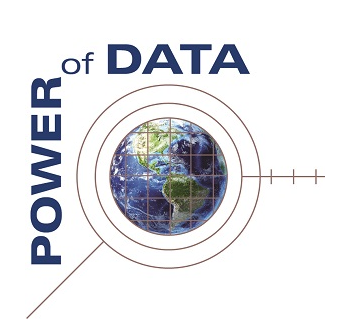Design and Pitch Challenges in STEM: Merging Entrepreneurship and Mathematics Learning
To compete in a continually changing and increasingly technology-focused career landscape, students will need a deep, conceptual, and applied understanding of science, technology, engineering, and mathematics (STEM). Yet, many students, especially students from underrepresented populations, perceive STEM to be disconnected from their interests and career aspirations. New curricular approaches are needed, especially in mathematics, that increase students’ career interest and engagement in STEM, while also supporting the learning of rich and targeted STEM content.

